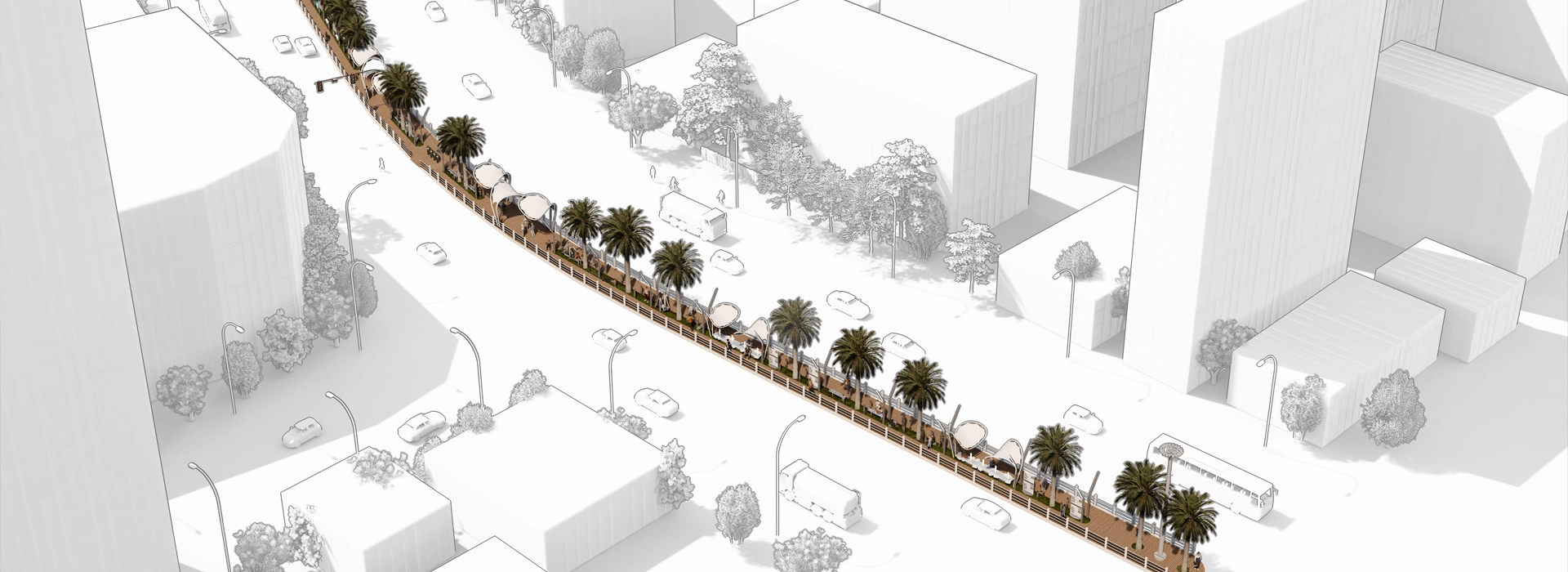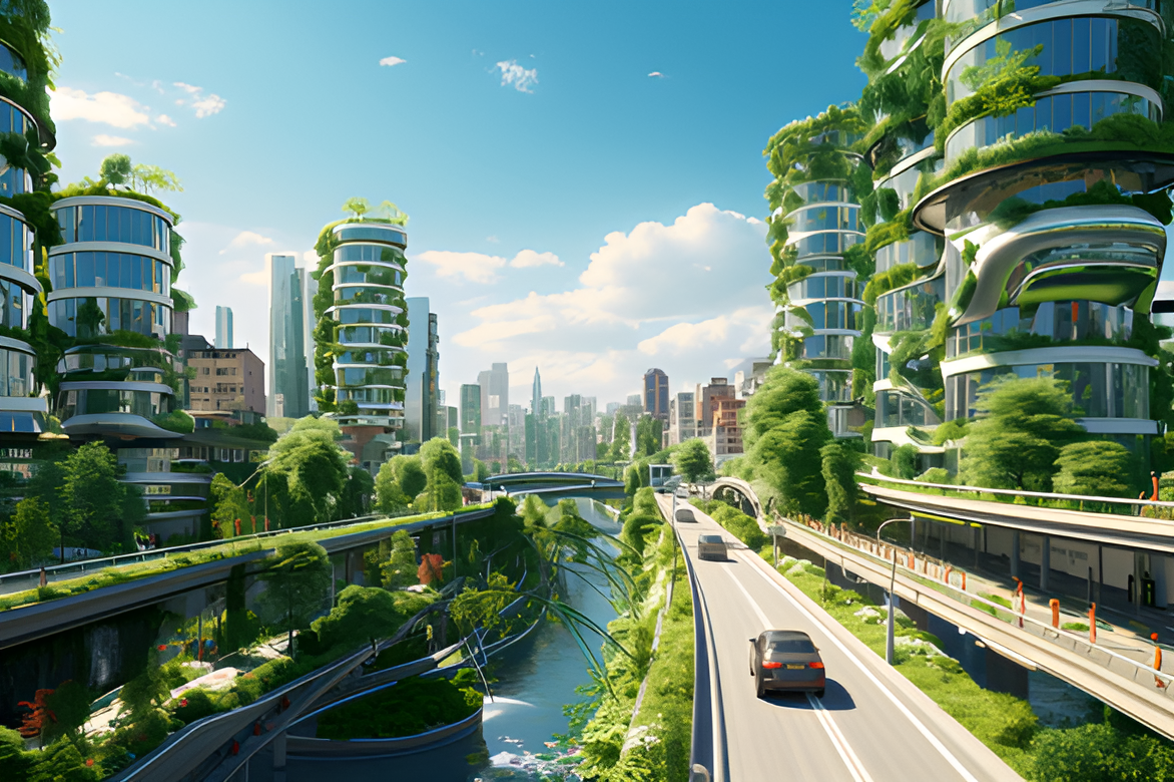Sustainable Redevelopment: How Navi Mumbai's Housing Societies Can Embrace Green Building Practices
23 December 2024 | 11:04 AM | Ar. Jeevan A. Pawaskar
As Navi Mumbai continues to grow, the demand for urban redevelopment is becoming increasingly urgent. Housing societies, many of which were built decades ago, face the challenge of providing modern living spaces while maintaining environmental responsibility. Embracing green building practices during the redevelopment process is an essential strategy to ensure that Navi Mumbai evolves into a more sustainable, eco-friendly city. Here’s how housing societies can lead the charge in sustainable redevelopment.
- Energy Efficiency through Smart Design
Energy-efficient buildings are the cornerstone of green construction. By integrating smart design features such as high-performance insulation, energy-efficient windows, and LED lighting, housing societies can drastically reduce energy consumption. The use of energy-efficient HVAC (heating, ventilation, and air conditioning) systems and smart thermostats can further optimize energy use. These initiatives lower electricity bills for residents and significantly reduce the carbon footprint of each building.
- Harnessing Solar Power
One of the most effective green building practices is the installation of solar panels. Given Navi Mumbai’s abundant sunlight, housing societies can benefit greatly from solar energy, especially for common areas like elevators, lighting, and water pumps. Solar energy not only reduces dependence on grid power but also contributes to long-term savings. Encouraging individual units to install solar panels can further amplify these benefits, creating a community that is largely energy self-sufficient.
- Water Conservation and Management
Water scarcity is a growing concern in many urban areas, and Navi Mumbai is no exception. Sustainable redevelopment offers an opportunity to integrate water conservation systems like rainwater harvesting, wastewater treatment, and recycling systems. These technologies can help reduce dependence on municipal water supplies by reusing water for landscaping, flushing, and cleaning. Low-flow fixtures, such as faucets and showerheads, can further reduce water consumption without compromising on comfort or convenience.
- Green Landscaping and Open Spaces
Urban green spaces are essential for both environmental sustainability and the well-being of residents. Redeveloped housing societies in Navi Mumbai can incorporate green rooftops, vertical gardens, and expansive parks to improve air quality, provide recreational areas, and support biodiversity. These green areas also act as natural temperature regulators, helping to mitigate the urban heat island effect, which is common in densely populated areas.
- Sustainable Materials and Waste Management
Using sustainable, locally sourced, and recycled materials during redevelopment projects can significantly reduce the environmental impact of construction. Green building materials, such as bamboo, reclaimed wood, and low-VOC paints, are not only better for the environment but also promote healthier living conditions. Moreover, implementing a robust waste management system that encourages recycling and composting within housing societies can reduce landfill waste and promote a circular economy.
- Smart Technology for Monitoring and Optimization
The integration of smart technologies in housing societies can help monitor and optimize energy and water usage. Smart meters, sensors, and mobile apps allow residents and management teams to track consumption patterns in real-time, identify inefficiencies, and make adjustments accordingly. This data-driven approach can lead to significant reductions in resource consumption and ensure that sustainable practices are consistently maintained.
- Government Incentives and Green Certifications
Navi Mumbai’s redevelopment efforts can be further bolstered by government incentives for green building practices. The Indian government offers tax rebates, subsidies, and incentives for developers adopting sustainable construction practices. Additionally, green certifications like LEED (Leadership in Energy and Environmental Design) or IGBC (Indian Green Building Council) are not only a mark of excellence but also attract environmentally conscious buyers. Housing societies that pursue these certifications can significantly enhance the value and appeal of their properties.
Conclusion
Sustainable redevelopment through green building practices offers a myriad of benefits for housing societies in Navi Mumbai. By integrating energy-efficient designs, renewable energy sources, water conservation methods, and sustainable materials, these communities can reduce their environmental impact, lower costs, and provide healthier living conditions for residents. As urbanization continues to rise, it is imperative that housing societies take the lead in shaping Navi Mumbai into a model of sustainability and resilience for future generations.


